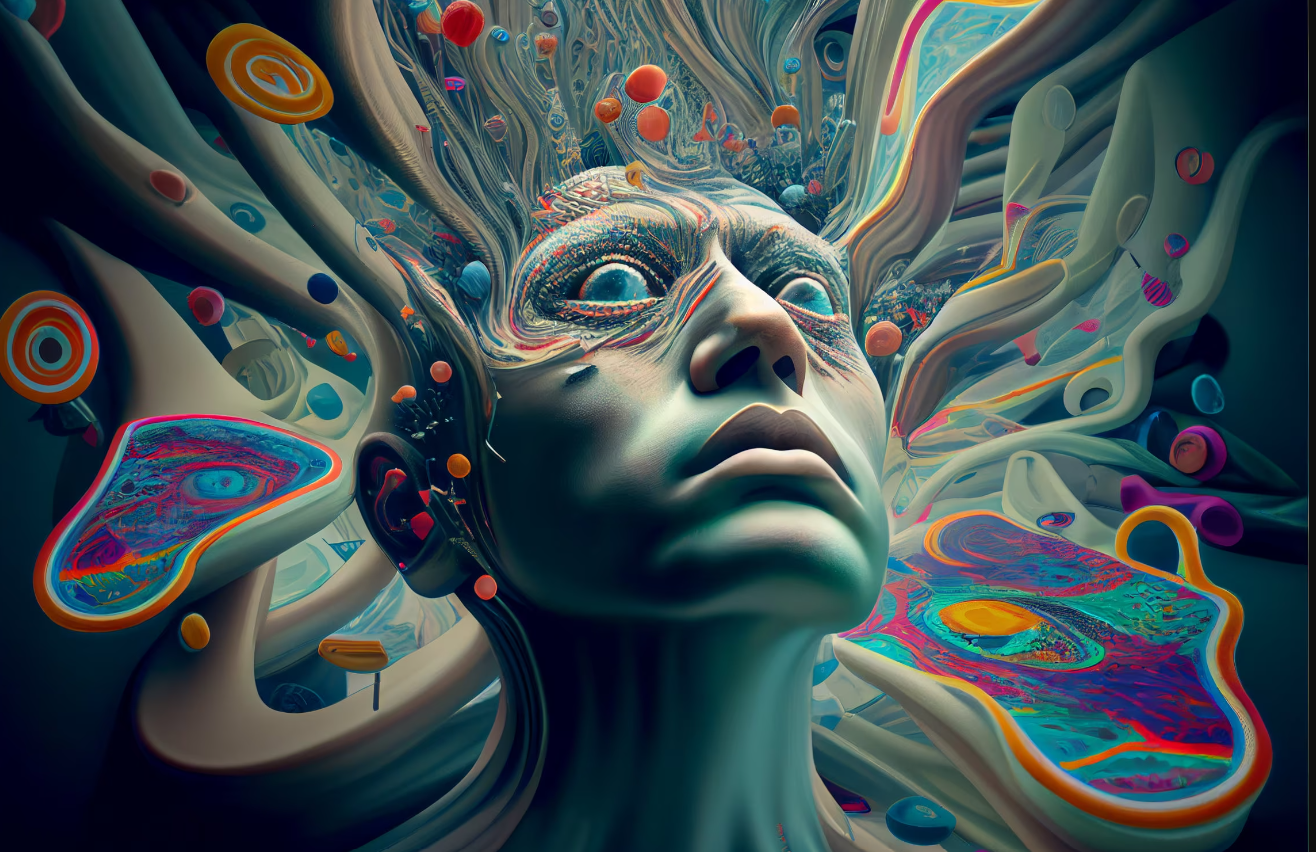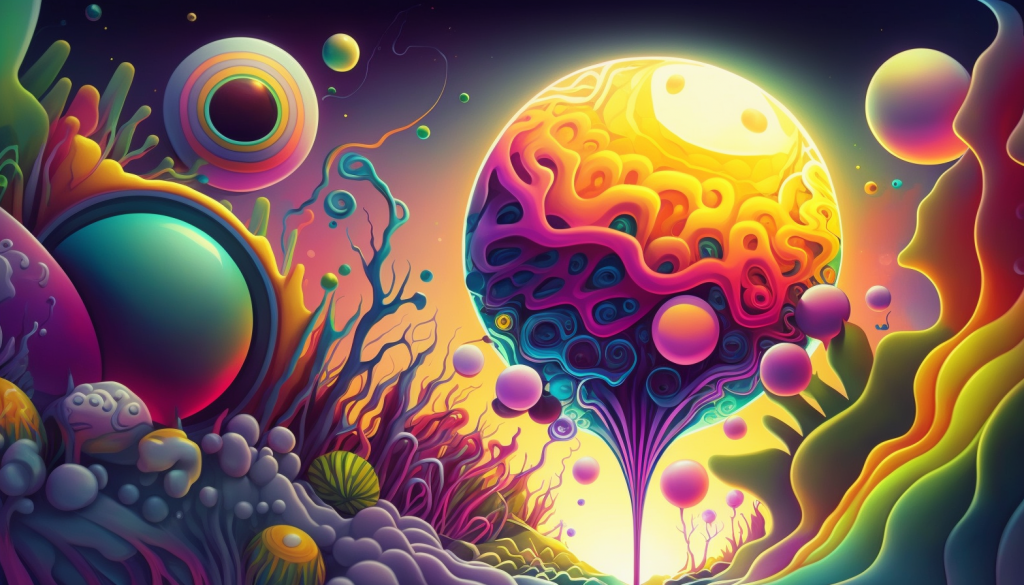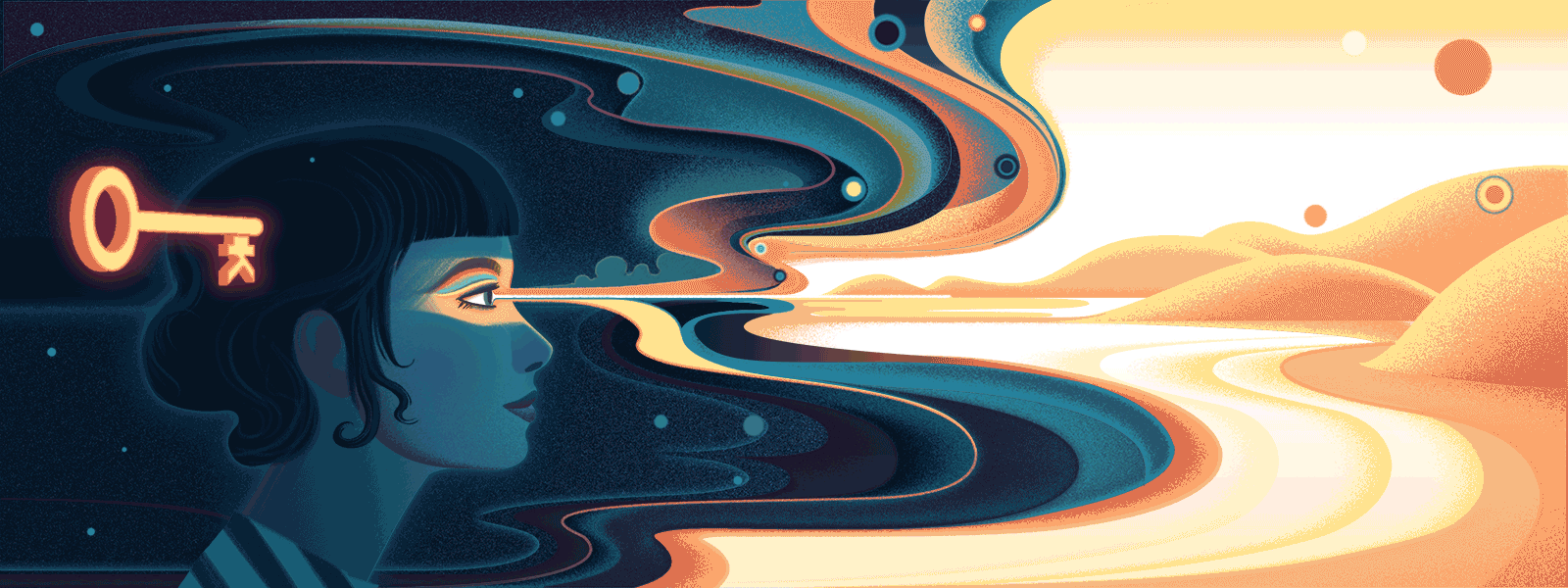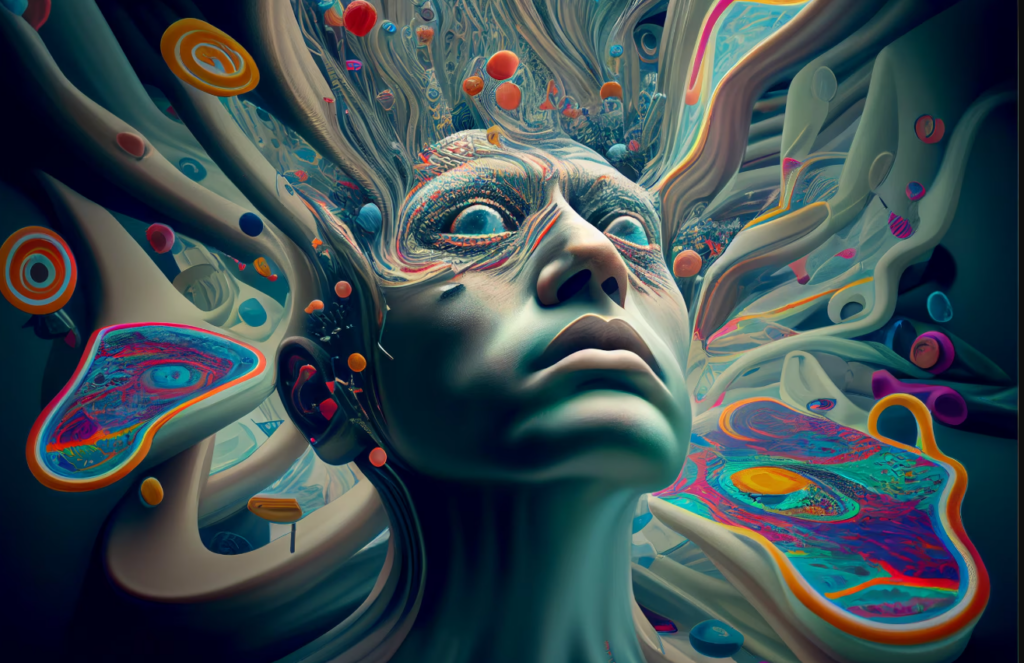
jjj
What Is Ketamine?
Ketamine is a fast-acting anesthetic that was first developed in the 1960s. It works by blocking pain signals in the brain and affecting the central nervous system, producing a trance-like state in the user.
Ketamine was first approved as an anesthetic in 1970. Its sedative and anesthetic properties come into play at higher doses, with some overlap. Ketamine is commonly used as anesthesia for children and adults during medical procedures. For this purpose, it is usually administered via intravenously (IV) or intramuscularly (IM).
Ketamine has gained popularity as an anesthetic due to its unique properties. Unlike others in its class, ketamine does not suppress breathing or blood pressure. It has been used in various surgical procedures, including dental, orthopedic, and emergency surgeries.
How Does Ketamine Work?
What we know about ketamine is that it’s working on the glutamate neurotransmitters. Classically, the SSRIs work on serotonin, which is a different neurotransmitter. There’s a receptor in your central nervous system (both the brain and the spinal cord) called the N-methyl D-aspartate Receptor (NMDA) and ketamine will go in there and prevent the NMDA receptor from being activated by glutamate. This is what we hypothesize causes the analgesic and anesthetic effects.
When you stop the stimulation of the NMDA receptor by glutamate, the bottom line is that it’s going to increase a protein called brain-derived neurotrophic factor (BDNF), protein synthesis, synaptic strength, and synaptogenesis. Synapses refer to the connections between neurons.

ketamine
There’s something called the default mode network (DMN) and it refers to this concept of certain portions of your brain that are active when you’re daydreaming, resting, or doing nothing. When you’re not engaged in tasks, your mind is wandering and these portions of the brain seem to light up. The DMN is related to self-relic, self-reflection, rumination, self-criticism and worry. It is believe that the DMN plays a significant role in depression, PTSD, schizophrenia, autism and chronic pain.
What’s interesting about ketamine is that it temporarily disrupts activity of the DMN and its relationship to the other portions of the brain. This allows the brain to come up with other alternative rest state activities so if someone has a habitual self-defeating thought, ketamine could allow you to put in new thoughts. If we can give your brain a reprieve from all these negative thoughts, it can be incredibly powerful. You can put in some new beliefs to change your thoughts.
Glutamate production and BDNF
At lower doses shown to have an antidepressant effect, ketamine appears to increase the release of glutamate, a neurotransmitter. The ketamine then preferentially blocks glutamate at the NMDA receptors but doesn’t block glutamate binding to adjacent AMPA receptors. The net effect is to increase AMPA activation. The effect is magnified by the way ketamine induces the neuron to make additional AMPA receptors.
By increasing the level of glutamate transmission and shifting its balance of activation from NMDA to AMPA receptors, ketamine increases production and release of BDNF (brain-derived neurotrophic factor). Referred to as “fertilizer for the brain,” BDNF is a protein that helps promote the growth, maintenance, and survival of neurons, enhancing neuroplasticity.

jjjj
The mTOR pathway
Ketamine also stimulates a cell pathway called mTOR (mammalian target of rapamycin), which regulates many processes involved in cell growth, including synthesizing the proteins needed for long-term memory. In combination with increased BDNF production, mTOR stimulation improves connectivity in the prefrontal cortex and hippocampus, key areas of the brain associated with emotional regulation, increased synaptic plasticity, and the potential to reverse the synaptic damage that occurs in these areas when the brain is subjected to chronic stress.
Due to these neuroplastic effects, regrowth of synaptic transmitters can happen within a few hours of a sub-anesthetic ketamine dose. When the atrophied neurons can repair the damage and regrow their connections with other neurons, symptoms of depression and anxiety improve.
Psychological Basis of Ketamine

jjjj
Ketamine use in the treatment of mental health conditions is still an emerging area of research and study. More trials are underway to demonstrate the depth and breadth of ketamine’s applications and potential.
There are multiple core areas of research that have already been published:
- Ketamine as a treatment for major depressive disorder (MDD) / treatment-resistant depression
- Ketamine as a novel treatment for general anxiety and social anxiety disorders
- Using ketamine to manage bipolar disorder (BPD), obsessive-compulsive disorder (OCD), and substance use disorders (SUD)
- Ketamine as a treatment for managing suicidal ideation.
As more studies emerge, the results are promising: From the rapid onset of results, to long-lasting effects, ketamine as a novel treatment in the mental health space is showing to be highly effective. There are a number of features that make ketamine therapy remarkable and effective as a medicine for the mental health field.
Here are some of the positive phenomenological healing effects that can come through ketamine therapeutic use :
- Emotional Regulation: An increased ability to understand and interact with emotions.
- Cognitive Distance: Feeling more ‘space’ or ‘distance’ between external events and an individual’s reaction to them. This allows for more intentional behavioral responses, the rewriting of automatic triggers, and deeper introspection.
- Embodied Feelings: Visceral emotions and feelings returning to the body, potentially some that may have been discarded or forgotten (joy in a depressed person, for example).
- Novel Insights: Ketamine can facilitate crucial insights that when integrated, can provide powerful and significant changes to how the individual views themselves and the world around them.
- New Experiences: New experiences or states of consciousness can provide motivation, inspiration, or understanding of the next steps. This helps to clarify meaning and purpose and catalyze improvements to mood, emotions, and physical experience.
“A ketamine psychedelic experience tends to offer up the possibility for transformation of the self by isolating the mind to some extent from external sensations, altering body consciousness toward an experience of being energy without form, and by amplifying and scrambling the contents of mind in unpredictable ways—all of this generating the potentiality for changes in consciousness that may be beneficial and persistent.”
— Wolfson MD




